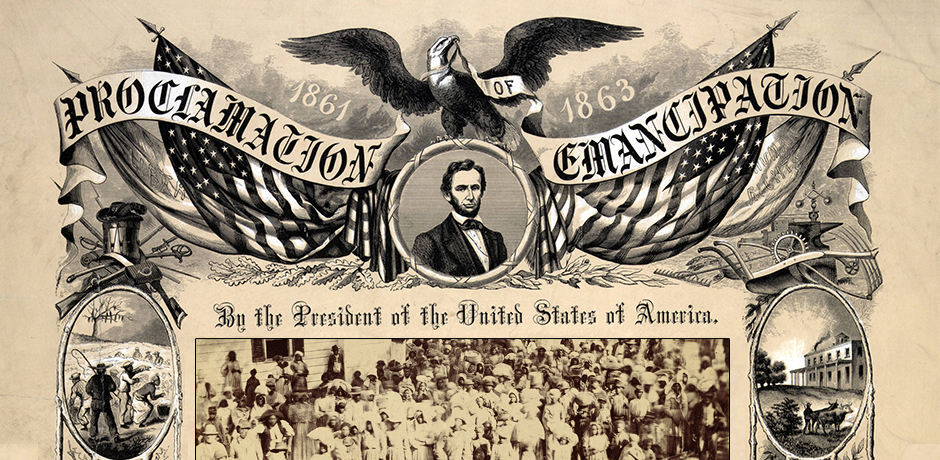The emancipation of American slaves and the ensuing march to a fuller freedom are depicted in a national traveling exhibition, “Emancipation and Its Legacies,” cosponsored by MTSU and hosted by the Heritage Center of Murfreesboro and Rutherford County Oct. 3-31.

Dr. Antoinette Van Zelm
Hours are 10 a.m. to 3 p.m. Monday through Friday at the Center, which is located at 225 W. College St. in Murfreesboro.
“Emancipation and Its Legacies” celebrates the sesquicentennial of President Abraham Lincoln’s Emancipation Proclamation. It was developed by the Gilder Lehrman Institute of American History in partnership with the National Underground Railroad Freedom Center.

U.S. President Abraham Lincoln is shown in this November 1863 portrait by Alexander Gardner. (Courtesy of the U.S. Library of Congress)
“Though Lincoln issued the Emancipation Proclamation more than 150 years ago, people today can still identify with the dreams and hopes of those formerly enslaved and the promise it held for them,” said Dr. Antoinette Van Zelm, assistant director of MTSU’s Center for Historic Preservation.
The exhibition is divided into five panels:
- Conflicting Visions of the Future of the United States, 1850-1860.
- War and Fugitive Slaves, 1861-1862.
- Emancipation, 1863.
- The Process of Emancipation, 1864-1865.
- The Legacy of Emancipation: Civil War to Civil Rights, 1865-1964.
In conjunction with the exhibition, the Heritage Center will sponsor two free programs.
The Nashville Public Television documentary “Reconstruction: A Moment in the Sun” will be screened at 7 p.m. Tuesday, Oct. 18.
Members of the Murfreesboro-based 13th United States Colored Troops re-enactment group will participate in “Emancipation on the Front Lines,” a living history program, from 4 to 6 p.m. Monday, Oct. 24.
The Heritage Center is a partnership between the Center for Historic Preservation, the Tennessee Civil War National Heritage Area and Main Street: Murfreesboro/Rutherford County.
A lesson plan on the exhibit for teachers and a scavenger hunt for students are available at www.tncivlwar.org. For more information, contact Van Zelm at 615-898-2947 or antoinette.vanzelm@mtsu.edu.
— Gina K. Logue (gina.logue@mtsu.edu)

This reproduction printer’s copy of the Emancipation Proclamation is on display at the National Underground Railroad Freedom Center in Cincinnati, Ohio. President Abraham Lincoln issued his preliminary proclamation on Sept. 22, 1862, ordering the emancipation of all slaves in states currently fighting against the Union. It was signed, issued and took effect Jan. 1, 1863, and Lincoln then successfully pushed through the 13th Amendment to end slavery nationwide, earning ratification of the new law on Dec. 6, 1865.

This photograph by Timothy O’Sullivan, an associate of photo pioneer Matthew Brady, shows a family of five generations of slaves on J. J. Smith’s cotton plantation near Beaufort, South Carolina, standing before their quarters in 1862. O’Sulivan followed U.S. Gen. William T. Sherman on his march through the state, photographing the region and people as the Union Army passed. After the preliminary Emancipation Proclamation was signed in September 1862, the slaves on Smith’s plantation, which had been occupied for several months, were among the first to be liberated. (Photo courtesy of the Library of Congress)


COMMENTS ARE OFF THIS POST